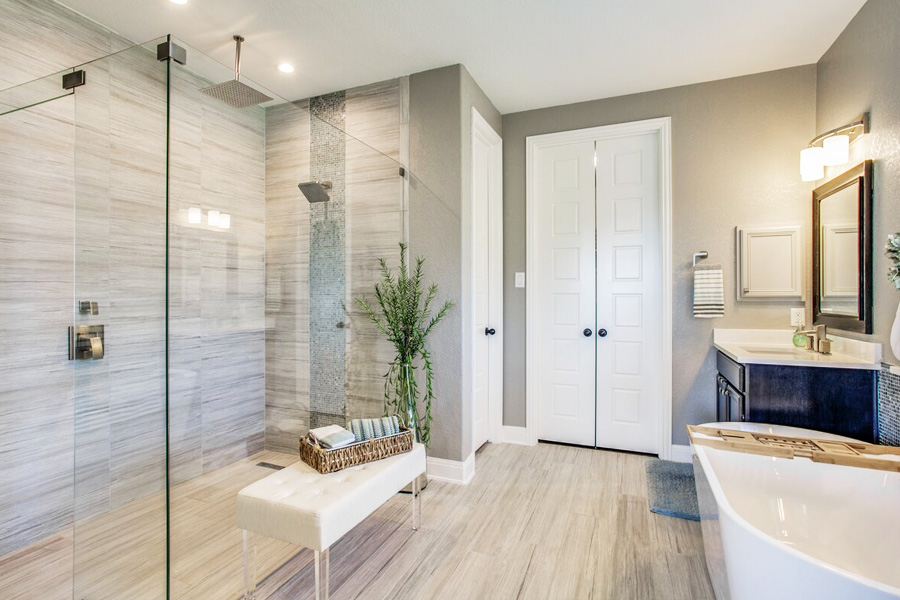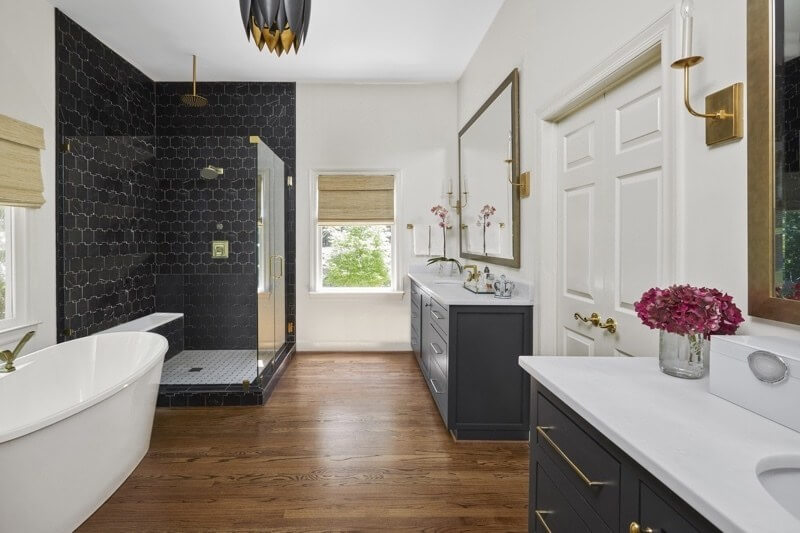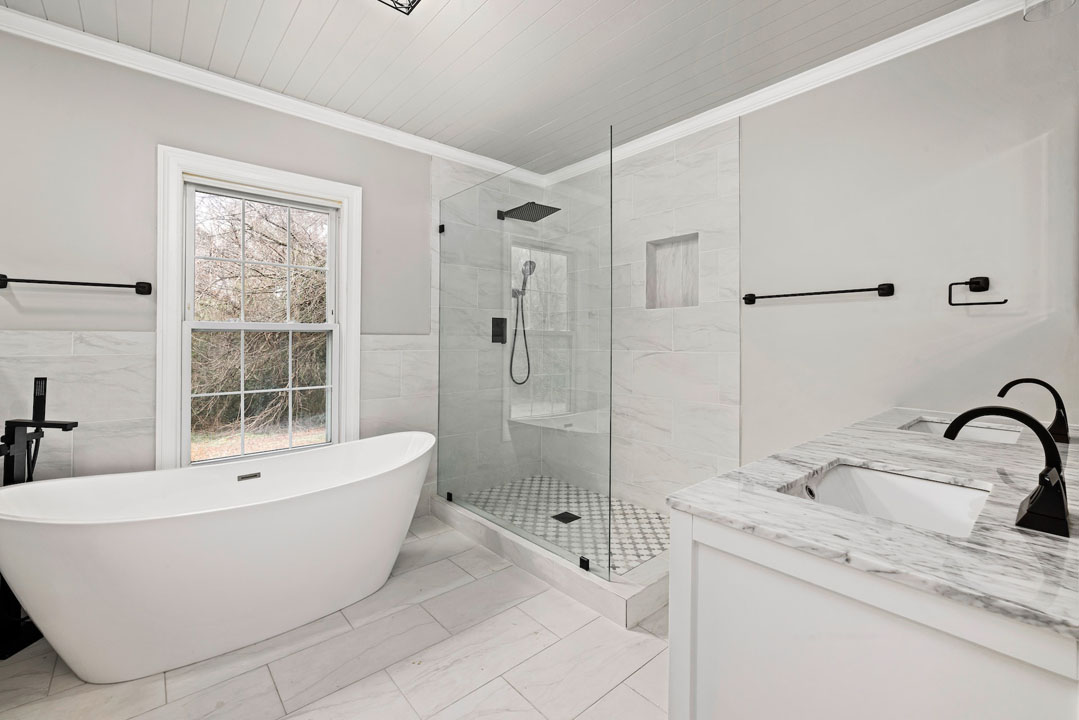
Low Flow Toilet Installation: A Smart Choice for Eco-Friendly Homes
In today’s world, where water conservation is more important than ever, installing a low flow toilet is a wise decision. These toilets are designed to use less water per flush, making them an environmentally friendly choice for any home. If you’re considering a low flow toilet installation, this guide will walk you through the process and benefits, making it easier for you to make the switch.

Understanding Low Flow Toilets
Low flow toilets, also known as high-efficiency toilets, are designed to use significantly less water compared to traditional toilets. A standard toilet uses about 3.5 to 7 gallons per flush, whereas a low flow toilet uses just 1.6 gallons or even less. This reduction in water usage can lead to substantial savings on your water bill while also conserving a valuable natural resource.
Benefits of Low Flow Toilets
The primary advantage of installing a low flow toilet is water conservation. By reducing the amount of water used per flush, these toilets help decrease the overall water consumption in your home. This is not only beneficial for the environment but also for your wallet. Additionally, many low flow toilets come with advanced features such as dual-flush options, allowing you to choose between a full or half flush depending on your needs.
Preparing for Installation
Before you begin the low flow toilet installation process, it’s important to gather the necessary tools and materials. You’ll need a new low flow toilet, a wax ring, a wrench, a bucket, and a sponge. It’s also advisable to have a helper on hand, as toilets can be heavy and difficult to maneuver alone.
Tools and Materials Needed
- New low flow toilet
- Wax ring
- Wrench
- Bucket
- Sponge
Steps for Low Flow Toilet Installation
Step 1: Remove the Old Toilet
Begin by turning off the water supply to the toilet. Flush the toilet to remove as much water as possible. Use a sponge or bucket to remove any remaining water from the tank and bowl. Next, unscrew the bolts holding the toilet to the floor and carefully lift the old toilet away. Be sure to wear gloves and take precautions to avoid any spills or messes.
Step 2: Prepare the Area
Once the old toilet is removed, clean the area around the flange thoroughly. Remove the old wax ring and inspect the flange for any damage. If the flange is cracked or broken, it will need to be replaced before proceeding with the installation.
Step 3: Install the New Wax Ring
Place a new wax ring on the flange. This will create a watertight seal between the toilet and the floor, preventing any leaks. Ensure the wax ring is centered properly for the best results.
Step 4: Position the New Toilet
Carefully lower the new low flow toilet onto the flange, ensuring the bolts pass through the holes in the base of the toilet. Apply even pressure to ensure a secure fit. It’s essential to have a helper during this step to avoid damaging the toilet or misaligning it.
Step 5: Secure the Toilet
Once the toilet is in position, tighten the bolts to secure it to the floor. Be cautious not to overtighten, as this could crack the porcelain. Check that the toilet is level and make any necessary adjustments before proceeding.
Step 6: Connect the Water Supply
Reconnect the water supply line to the toilet and turn on the water. Check for any leaks and make adjustments as needed. Once the water is flowing smoothly, flush the toilet to ensure proper operation.
Tips for Maintenance and Care
After completing the low flow toilet installation, it’s important to maintain and care for your new toilet to ensure its longevity. Regular cleaning with non-abrasive cleaners will keep your toilet in good condition. Additionally, check the water supply line and wax ring periodically for any signs of wear or leaks.
Common Issues and Troubleshooting
While low flow toilets are highly efficient, they can occasionally encounter issues such as weak flushes or clogs. If you experience any problems, it’s best to consult the manufacturer’s troubleshooting guide or seek professional assistance if needed.
Conclusion
Installing a low flow toilet is a smart and environmentally friendly choice for any home. By following this guide, you can successfully complete the installation process and enjoy the benefits of reduced water usage and lower utility bills. Embrace the future of bathroom technology and contribute to a more sustainable world.
For more tips on creating an eco-friendly home, check out this 7-step checklist for an eco-friendly bathroom remodel.
Further Reading
Explore more about smart home solutions and their benefits. Consider reading our guides on smart hubs for large homes and smart home solutions for pets.

FAQs
What is a low flow toilet?
A low flow toilet is a type of toilet designed to use less water per flush, typically 1.6 gallons or less, compared to traditional toilets.
How much water can I save with a low flow toilet?
By installing a low flow toilet, you can save thousands of gallons of water each year, significantly reducing your water bill and conserving natural resources.
Are low flow toilets effective in flushing?
Yes, modern low flow toilets are designed to be just as effective as traditional toilets, with advanced flushing technologies to ensure waste is removed efficiently.
This article contains affiliate links. We may earn a commission at no extra cost to you.